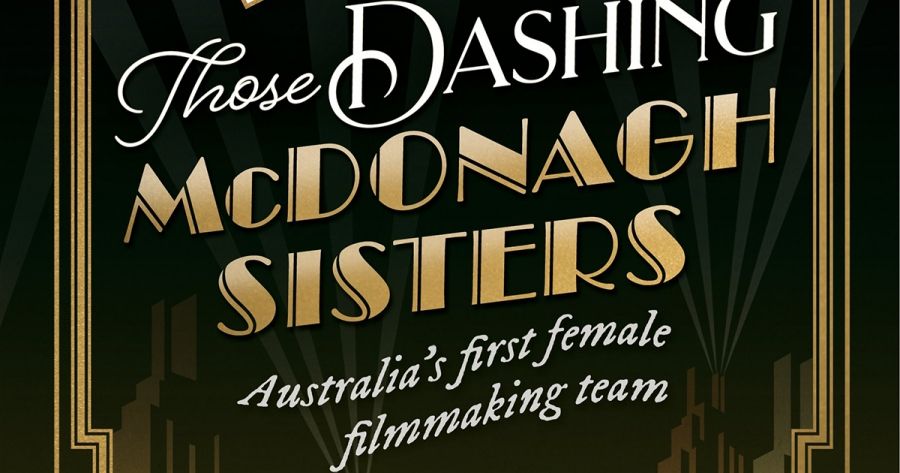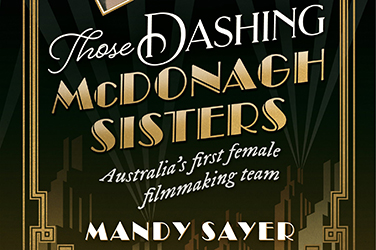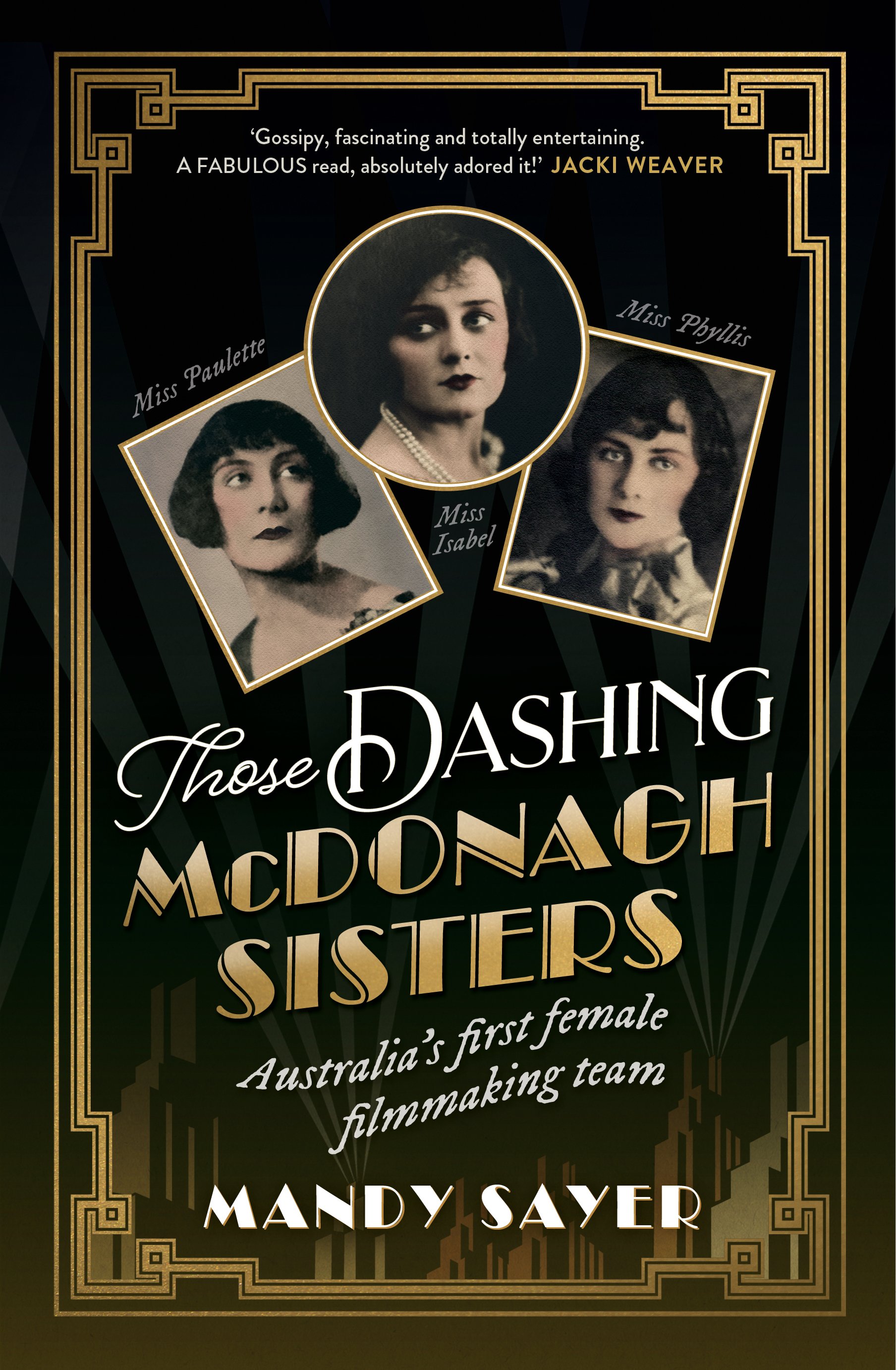
- Free Article: No
- Contents Category: Film
- Review Article: Yes
- Article Title: Isabel, Phyllis, and Paulette
- Article Subtitle: Three pioneering filmmakers
- Online Only: No
- Custom Highlight Text:
'Bliss it was in that dawn to be alive, / But to be young was very heaven.’ William Wordsworth was writing about the French Revolution, but the sentiment could have applied to the three McDonagh sisters in 1920s Sydney. Isabel (born in 1899), Phyllis (1900), and Paulette (1901) were the beneficiaries of two intertwined revolutions – modernism and feminism – that encouraged them to develop skills outside the domestic sphere and to become experts in their field. Daringly, they chose filmmaking, the great obsession of the period; and they were very good at it.
- Featured Image (400px * 250px):

- Alt Tag (Featured Image): Desley Deacon reviews 'Those Dashing McDonagh Sisters: Australia’s first female filmmaking team' by Mandy Sayer
- Book 1 Title: Those Dashing McDonagh Sisters
- Book 1 Subtitle: Australia’s first female filmmaking team
- Book 1 Biblio: NewSouth, $39.99 pb, 334 pp
- Book 1 Cover Small (400 x 600):

With four younger siblings to support, the sisters could not set off overseas. Confident that between them they could acquire the skills to make movies, they saw no reason why Sydney couldn’t provide the setting for universal stories about modern young women like themselves. They set about honing their talents. The beautiful Isabel took jobs as an extra, and by 1924 was a female lead. Phyllis worked as a theatrical art director and journalist. Paulette took a scenario-writing course and began writing her own film treatments. In 1925, when Arthur Shirley made The Mystery of a Hansom Cab on his return from Hollywood, she worked as an extra, watching carefully for techniques to copy.
In 1926, they felt ready to launch their own company. In quick succession they produced, directed, and acted in four feature films: Those Who Love (1926), The Far Paradise (1928), The Cheaters (1929), and the anti-war Two Minutes Silence (1933). Paulette was scriptwriter and director, Isabel the female lead, and Phyllis the producer, art director, and publicist. Having made a study of quality Hollywood hits, Paulette wrote scenarios that featured rebellious female characters in stylish contemporary settings; as director, she insisted on downplayed, realistic acting. The beach scene in Those Who Love, where a group of young people dressed in bathers dance to jazz played on a portable gramophone, catches perfectly the Zeitgeist of modern Sydney.
Those Who Love was praised as ‘The Best Film Made in Australia’, and The Far Paradise attracted similar praise, but by this time large American companies controlled distribution, and the sisters’ movies did not attract the audiences they deserved. Nonetheless, they persevered with a third, The Cheaters, which they hoped would win a new national film competition. Again, timing was against them. Hollywood was experimenting with sound, and the sisters decided, having produced The Cheaters as a silent movie, that they had to add some sound sequences. This proved disastrous: they did not win the prize; their première, in the words of a friend, ‘died a horrible death’; and the film was never released. Paulette struggled on, making short ‘reality films’ and her first ‘talkie’, Two Minutes Silence, an anti-war film that could not find a distributor.
Isabel was the first to understand that times had changed. Her marriage in 1932 broke up the trio, which, as Sayer puts it, had lived and breathed as one. Without their older sister, Paulette and Phyllis could not continue. Paulette settled into a bohemian life in Kings Cross, close to the wealthy Isabel and her family. Phyllis, always more independent, became a journalist in New Zealand, returning eventually to become the popular editor of the North Shore Times.
Their quiet lives were disrupted when their work was discovered by film enthusiasts in the 1960s. When Joan Long collected material for her 1971 documentary The Passionate Industry, the sisters’ work was her ‘biggest revelation’. Paulette, now in her seventies, was located and interviewed by young scholars Graham Shirley and Andrew Pike. In the 1975 International Women’s Year, Phyllis and Paulette were present when the Sydney Film festival featured The Cheaters. In 1978, just before their deaths, they received the Raymond Longford Award. Isabel, then living with her family in England, died soon after.
Those Dashing McDonagh Sisters is handsomely designed and well illustrated. It contains a filmography, a brief bibliography, and extensive notes, but unfortunately no index. Australian historians, apart from Matthews, have neglected the 1920s. This lively, well-researched addition may inspire writers to explore further the rich legacy of that exciting decade.


Comments powered by CComment